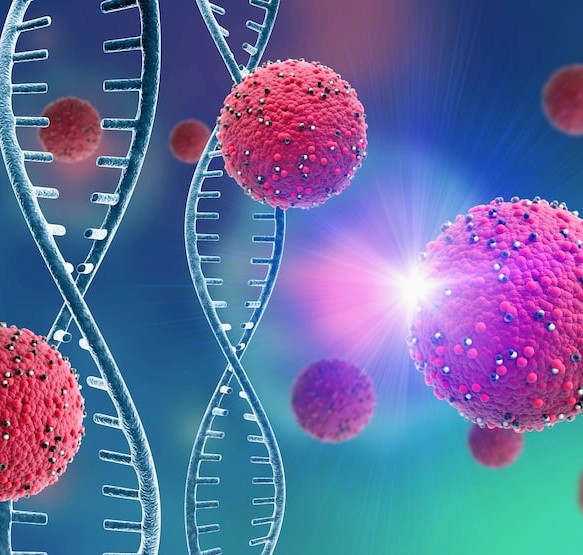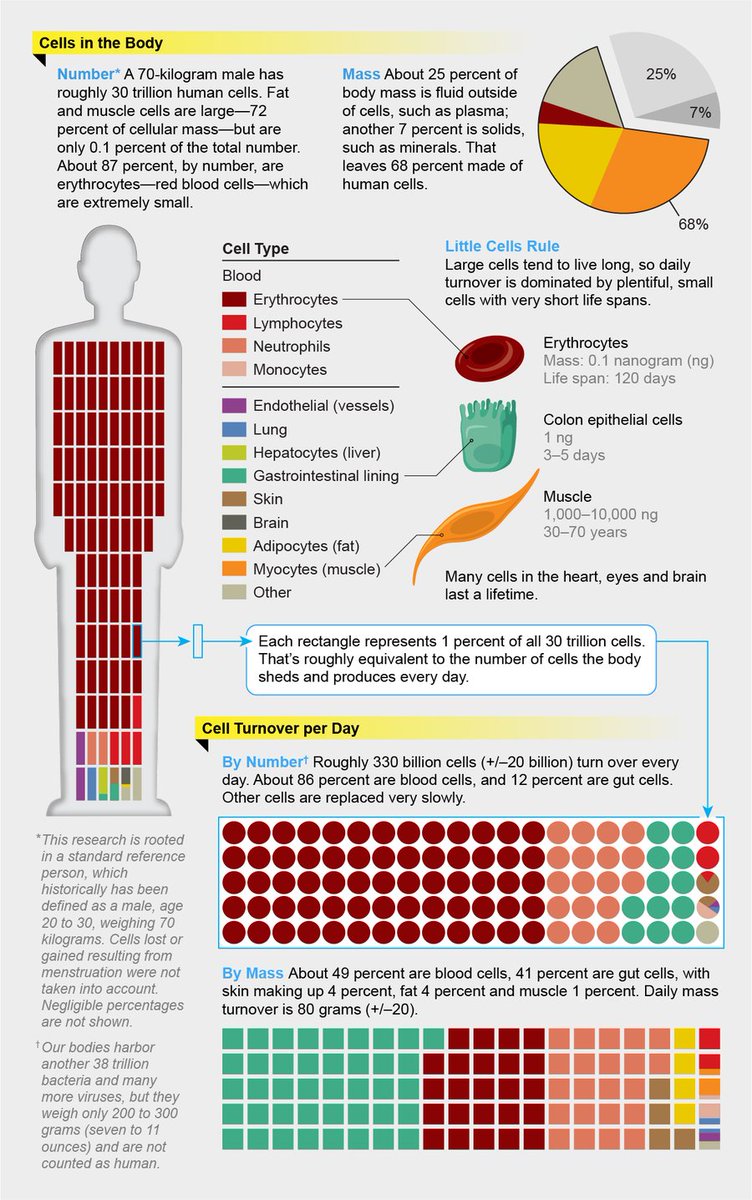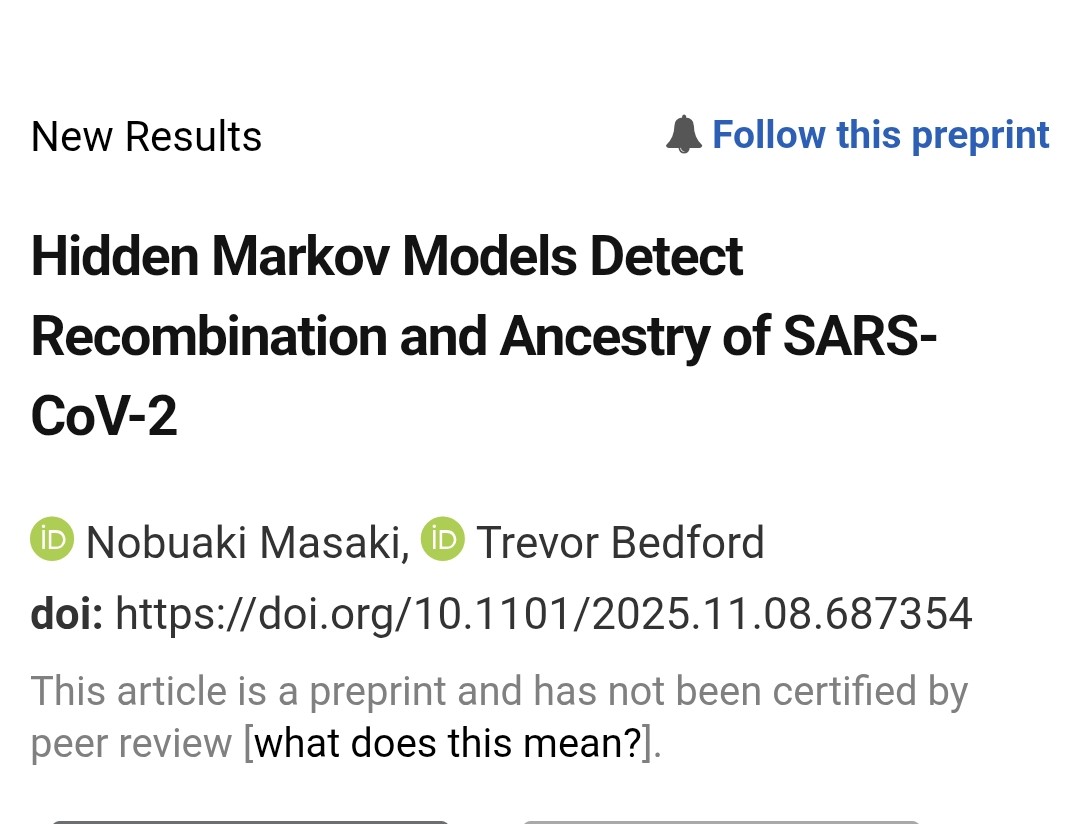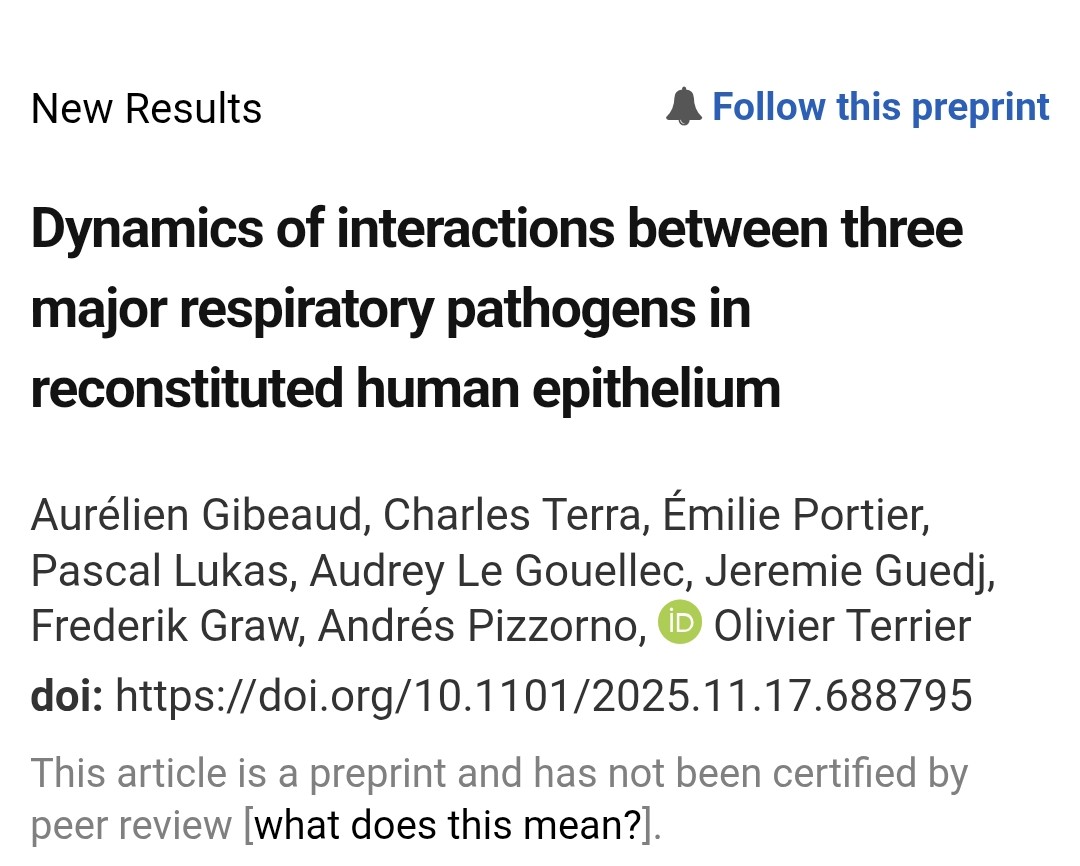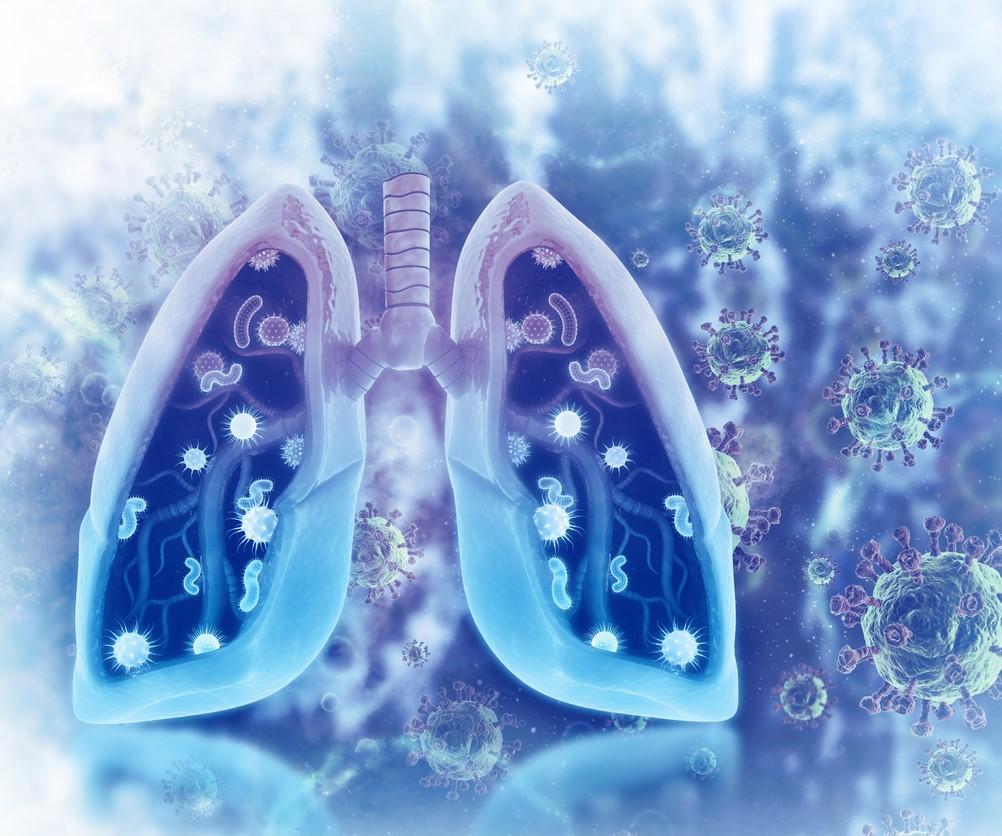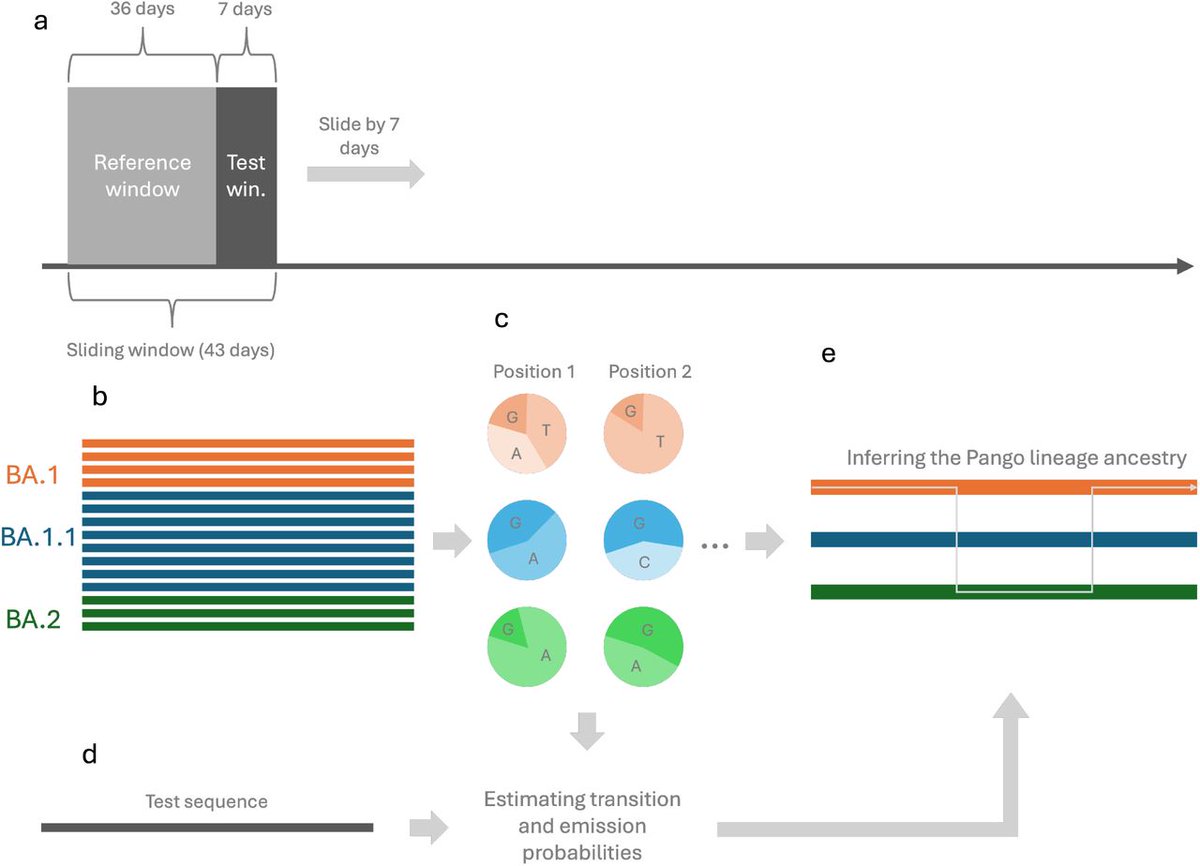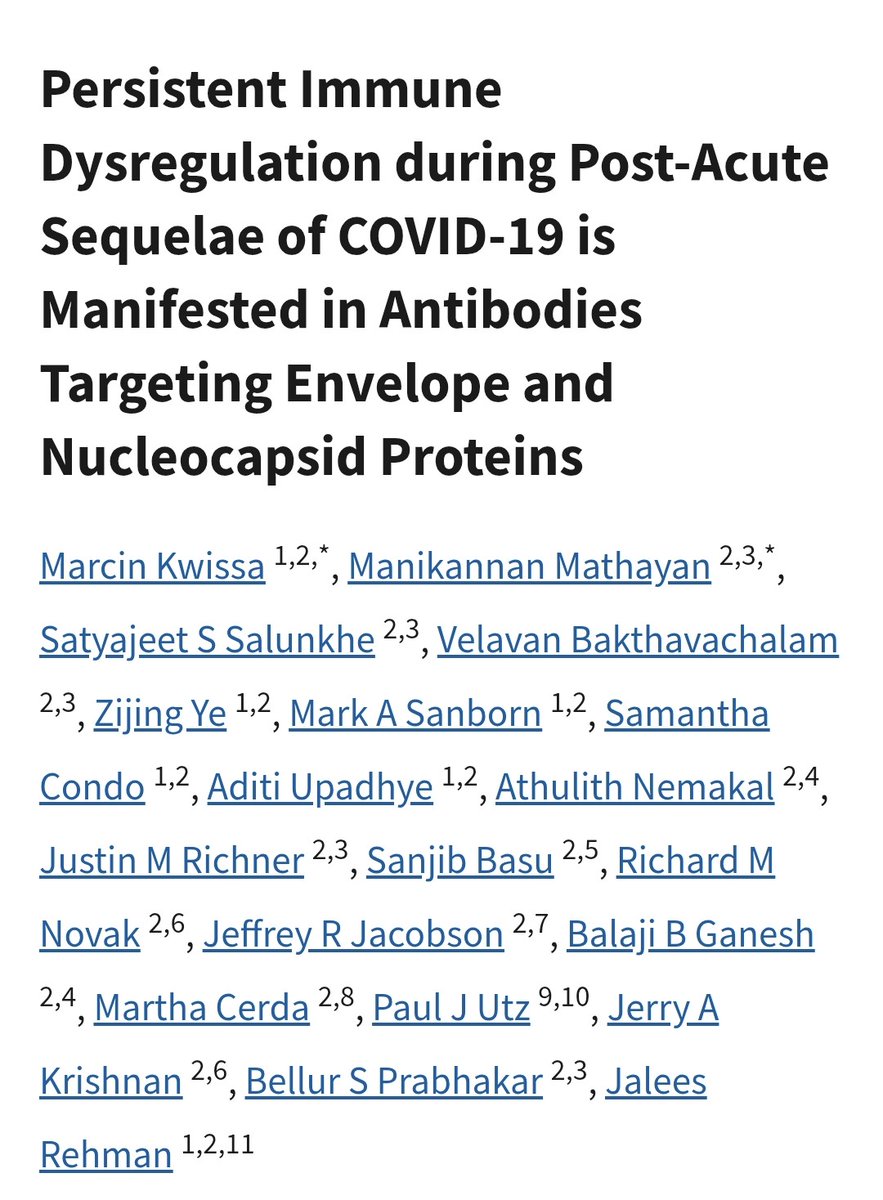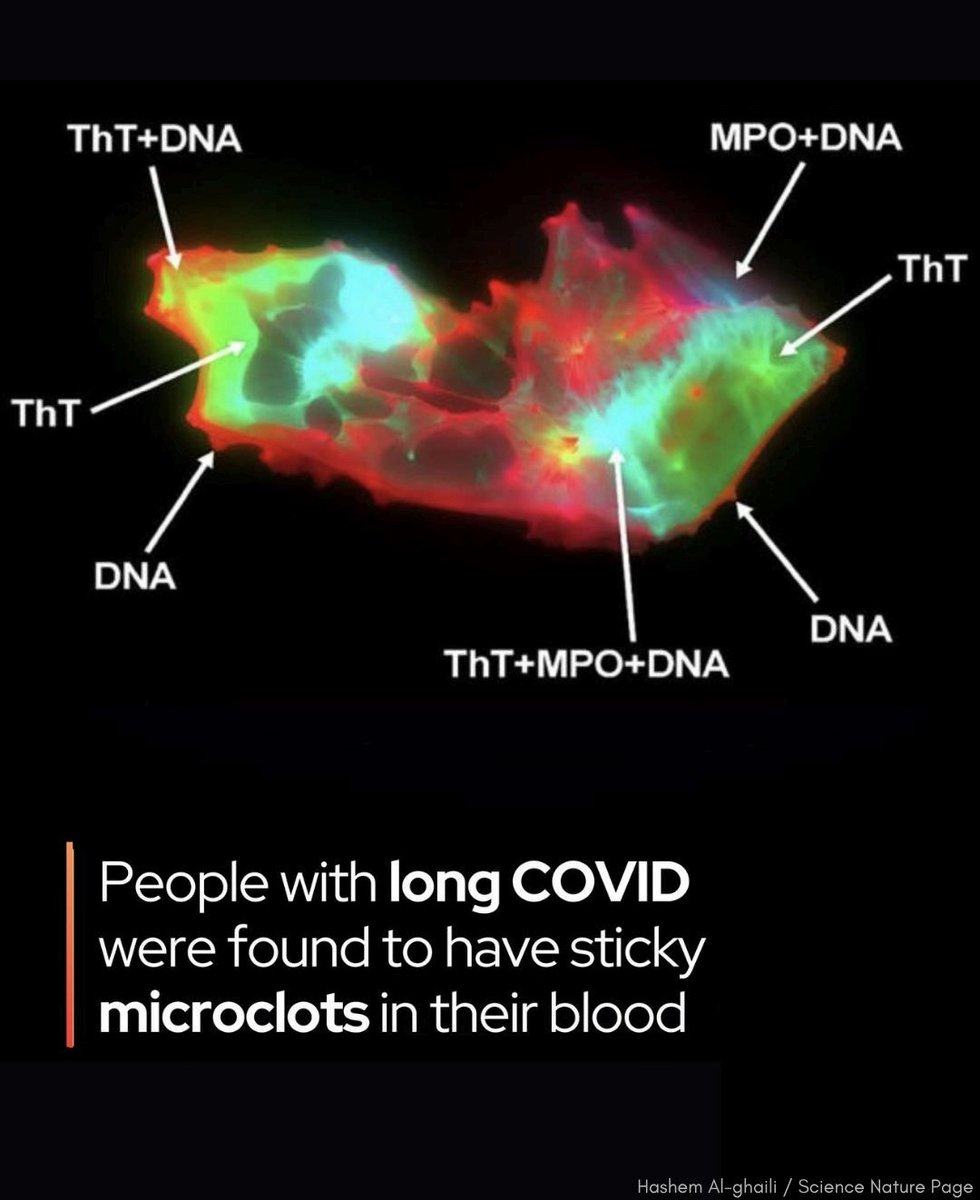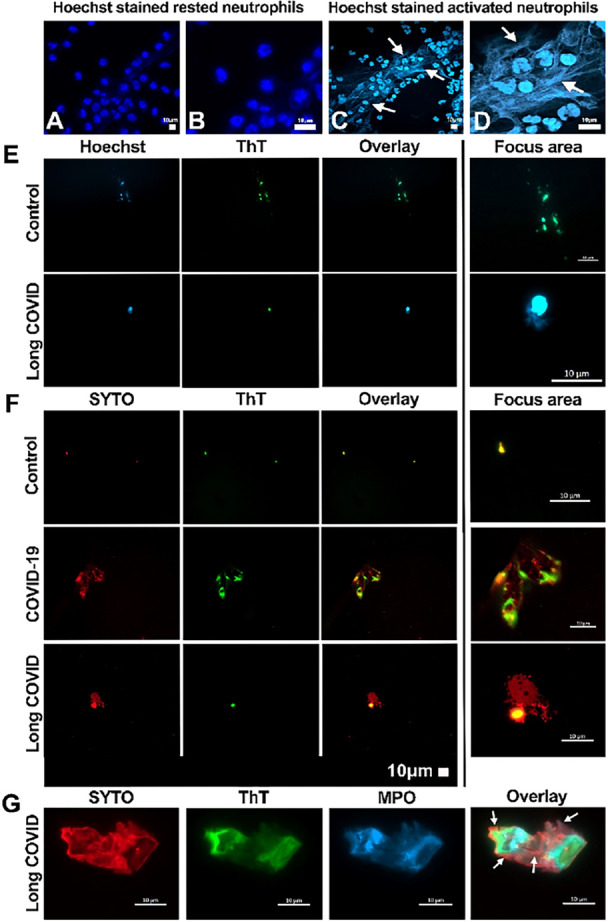𝙈𝙚𝙡𝙖𝙩𝙤𝙣𝙞𝙣: 𝙖 𝙛𝙚𝙧𝙧𝙤𝙥𝙩𝙤𝙨𝙞𝙨 𝙞𝙣𝙝𝙞𝙗𝙞𝙩𝙤𝙧 𝙬𝙞𝙩𝙝 𝙥𝙤𝙩𝙚𝙣𝙩𝙞𝙖𝙡 𝙩𝙝𝙚𝙧𝙖𝙥𝙚𝙪𝙩𝙞𝙘 𝙚𝙛𝙛𝙞𝙘𝙖𝙘𝙮 𝙛𝙤𝙧 𝙖𝙘𝙘𝙚𝙡𝙚𝙧𝙖𝙩𝙚𝙙 𝙗𝙧𝙖𝙞𝙣 𝙖𝙜𝙞𝙣𝙜 𝙖𝙣𝙙 𝙣𝙚𝙪𝙧𝙤𝙙𝙚𝙜𝙚𝙣𝙚𝙧𝙖𝙩𝙞𝙤𝙣.
#LongCovid
…arneurodegeneration.biomedcentral.com/articles/10.11…

#LongCovid
…arneurodegeneration.biomedcentral.com/articles/10.11…
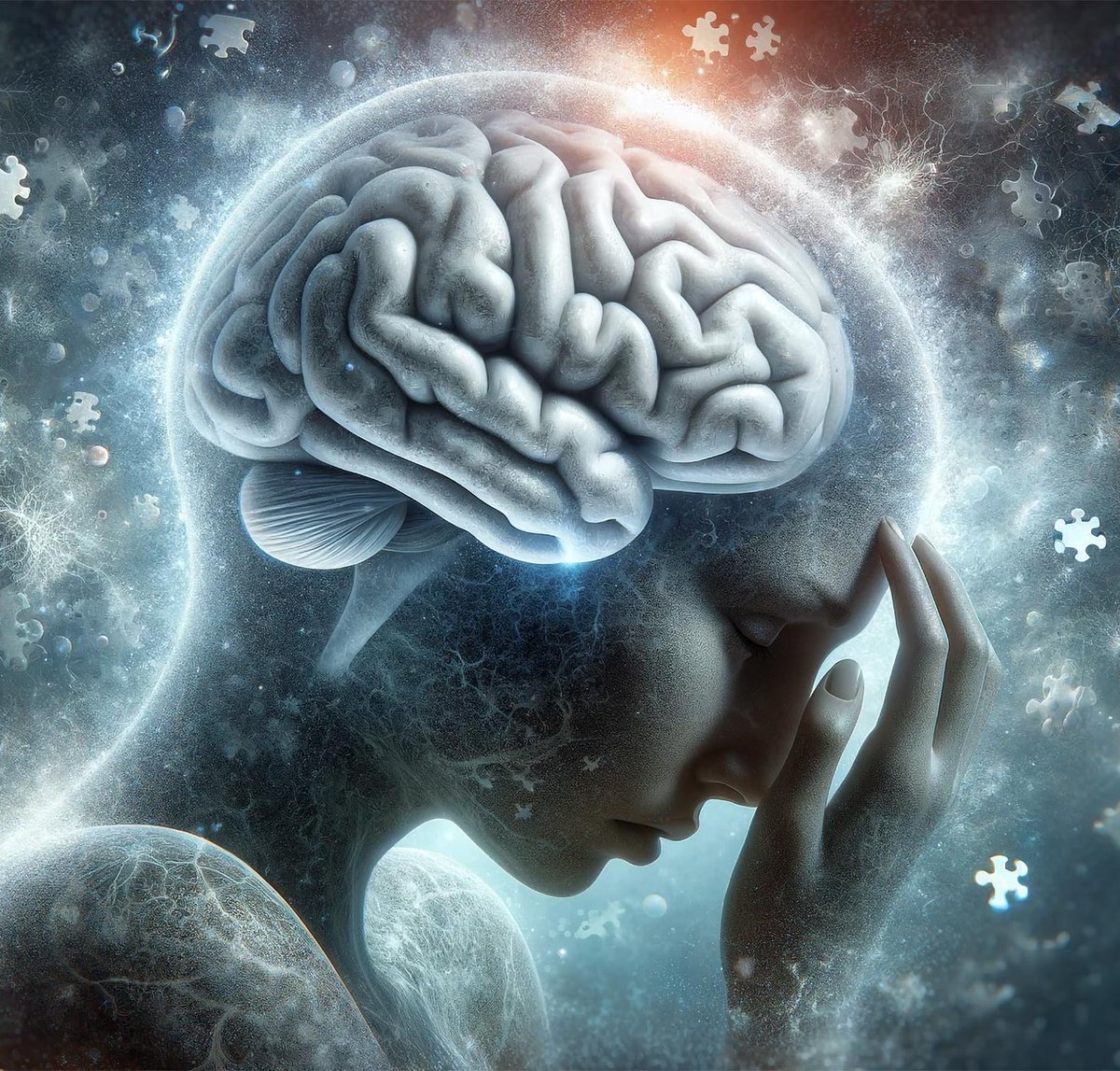
2) Ferroptosis, an iron-dependent form of regulated cell death, has been proposed as a potential driver of organ damage in COVID-19 and the post-COVID trajectory of aging and neurodegeneration. 

3) COVID-19 infection promotes several events that can lead to ferroptosis, including neuroinflammation, iron dysregulation, oxidative stress, ACE2 receptor disruption, and clock gene alteration. 

4) Melatonin has properties that allow it to address all of these ferroptosis-promoting factors. It is an antioxidant, anti-inflammatory, iron chelator, and modulator of the renin-angiotensin system and clock genes 

5) Melatonin has shown effectiveness against viral infections, aging, and neurodegenerative diseases like Alzheimer's and Parkinson's in both experimental and clinical research.
This review proposes ferroptosis...
This review proposes ferroptosis...

6) ... as a key mechanism behind post-COVID aging/neurodegeneration and presents melatonin as a potential treatment due to its unique ability to inhibit ferroptosis through multiple mechanisms. More research is needed to validate this hypothesis. 

7) In summary, the paper puts forth the novel proposition that ferroptosis contributes to long-term issues seen after COVID-19, and identifies melatonin as a promising intervention given its multi-targeted effects against ferroptosis.
Thanks for reading 🙏
Thanks for reading 🙏

• • •
Missing some Tweet in this thread? You can try to
force a refresh


